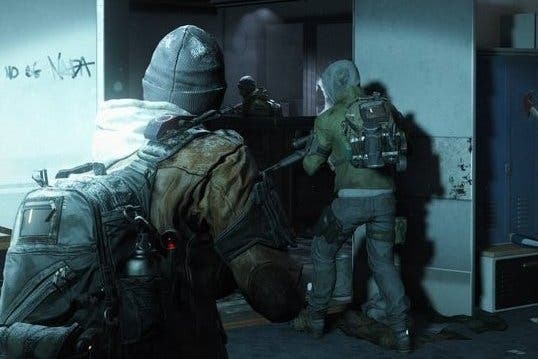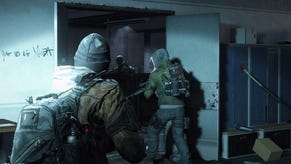Performance Analysis: The Division
Divide and conquer?
Finally released into the wild after two beta tests, The Division fully opens its incredibly detailed recreation of New York City to the masses. Besides a few issues, the game seems to be holding up well. Online connections have been consistently stable for us, while in terms of all-round console performance, there's little to separate the finished game from the solid beta code we sampled a short while ago. Ubisoft has delivered another technically sound title with The Division on consoles, and both platforms offer smooth gameplay and impressive visuals that really immerse you in the deserted streets and buildings of post-outbreak Manhattan.
In terms of resolution, we're on familiar ground. PS4 features a solid native 1080p presentation throughout, while on Xbox One dynamic resolution scaling is in effect. Indoor areas and less demanding scenes see the game output natively in 1080p - just like PS4 - but as we move into outdoor areas and more detailed locations, we see the pixel density take a small hit, with 1792x1008 and 1728x972 framebuffers appearing. The knock-on effect is that street signs and fine details on distant objects appear a little softer on Microsoft's console - but it's a minor quibble, and most of the time the two versions look extremely close during gameplay. The difference between the two is more visibly felt when disabling the chromatic aberration filter, due to the increase in sharpness and clarity doing so provides.
Ubisoft has done a good job maintaining parity between the consoles in the majority of key areas. Anti-aliasing appears to be provided by SMAA, with a temporal component adding an extra layer of coverage to the presentation; as such, image quality remains smooth and mostly free from artefacts. The core art and effects work are also a match. Streaming is one area that can be a touch inconsistent, though, with Xbox One sometimes being a fraction slower to load in high-quality assets in some scenes. However, during gameplay, neither platform gains a visible advantage for extended periods, with one console sometimes displaying mip-transitions a little faster, and vice versa. Texture and shadow pop-up are visible across both consoles as we slowly traverse the densely detailed city streets.
In terms of performance, there are no surprises, with both versions handing in similar levels of stability to what we saw in the beta. Aside from a rare dropped frame, PS4 delivers a stable experience throughout the game, with sequences set in detailed environments and shootouts remaining smooth and consistent at all times. The use of object and camera blur in combination with depth of field also helps, allowing the 30fps update to appear a little smoother that it actually is on both consoles. For example, 30Hz-related judder during slow camera pans is less noticeable than it was in Far Cry 4, and this gives the experience a pretty fluid and cinematic look.
Moving over to Xbox One, and for the most part Microsoft's machine manages similar metrics to PS4. Combat scenes and traversing more open locations practically never impact on frame-rate. Occasionally, we see the appearance of a single dropped frame accompanied by a tear or two, but nothing that stands out when playing. Curiously though, there are times when the engine briefly struggles to keep up with the rendering load. Cut-scenes exhibit stutter from time to time, caused by drops in frame-rate and tearing, as do sequences where we move from some indoor areas to outside. We suspect that resolution may play a part in causing these hitches to occur. Xbox One holds to a native 1080p when indoors, and it's possible that the extra pixel workload is impacting performance in these scenes.

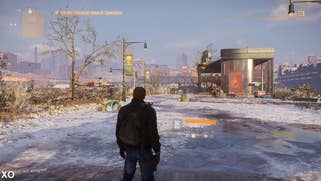



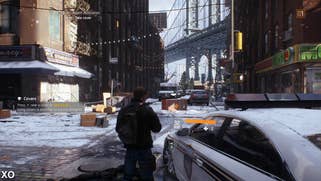




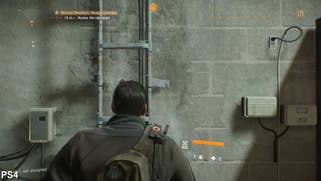
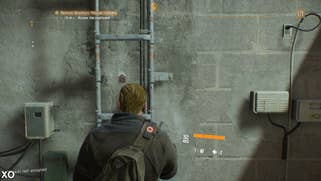
However, looking at the bigger picture, these dips in performance aren't a major concern on Xbox One, though they do mean that the presentation isn't quite as polished as what we see on PS4. But on the whole, from our initial few hours with the finished game, it's clear that Ubisoft has delivered an optimised experience across both consoles. PS4 offers up a touch more refinement with a locked 1080p resolution and stable frame-rates across all scenes, however, the Xbox One version is practically identical where it counts, and the visual differences are small enough to pass by unseen. Performance issues appear to be limited to occasional scenes, and overall both consoles provide solid, smooth gameplay.
On consoles, on a technical level, there's nothing dramatically different to the previous beta tests. The shooting feels satisfying, while the Manhattan cityscape offers up plenty of interesting locations to explore. Instead, it's the PC release that looks to provide the biggest point of interest. With The Division undergoing a graphical downgrade since its impressive initial reveal trailer, we're keen to see to what extent the PC game running at max settings can hold up to that original technical demo - and, of course, to find out what kind of upgrades are present over the console releases while targeting 1080p60. We're working on that now, and will be back with a full Face-Off as soon as possible.
